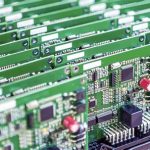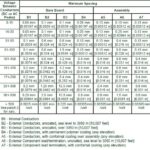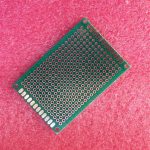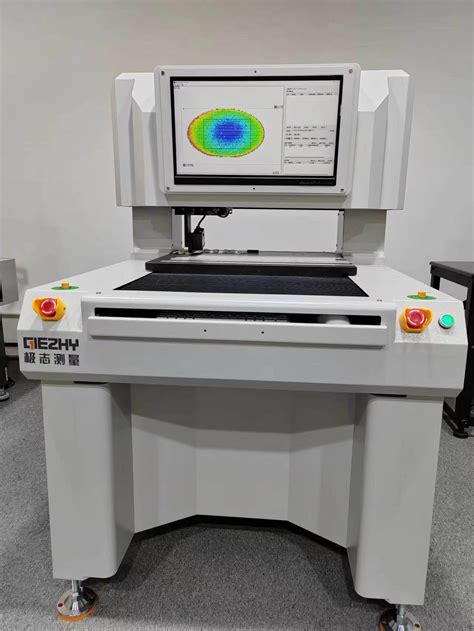
Blog
-
Ready to Start Measuring PCB Warpage during Reflow? Why and How to Use the New IPC-9641 Standard.
Posted by
–
 Read more: Ready to Start Measuring PCB Warpage during Reflow? Why and How to Use the New IPC-9641 Standard.
Read more: Ready to Start Measuring PCB Warpage during Reflow? Why and How to Use the New IPC-9641 Standard.Introduction to PCB Warpage Measurement In the world of printed circuit board (PCB) manufacturing, warpage has become a critical issue that can significantly impact the reliability and functionality of electronic devices. PCB warpage refers to the distortion or bending of a PCB during the reflow soldering process, which can lead […]
-
7 PCBA Manufacturing Defects and Solutions
Posted by
–
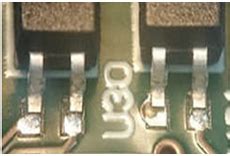 Read more: 7 PCBA Manufacturing Defects and Solutions
Read more: 7 PCBA Manufacturing Defects and SolutionsIntroduction Printed Circuit Board Assembly (PCBA) is a complex process that involves the integration of electronic components onto a printed circuit board (PCB). The goal is to create a functional electronic device that meets the desired specifications and performance requirements. However, during the manufacturing process, various defects can occur, leading […]
-
What is Reflow Soldering?
Posted by
–
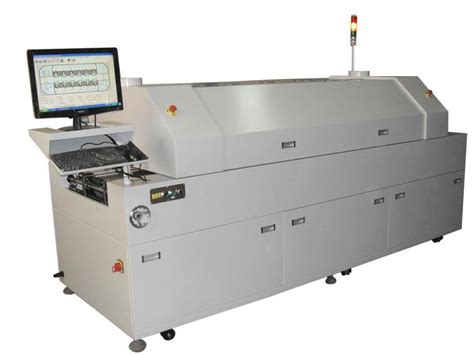 Read more: What is Reflow Soldering?
Read more: What is Reflow Soldering?How Reflow Soldering Works The reflow soldering process consists of several key steps: Solder Paste Application: Solder paste, a mixture of tiny solder particles and flux, is applied to the PCB using a stencil or screen printing process. The stencil ensures that the solder paste is deposited precisely on the […]
-
Robotic Soldering PCB Assembly Companies
Posted by
–
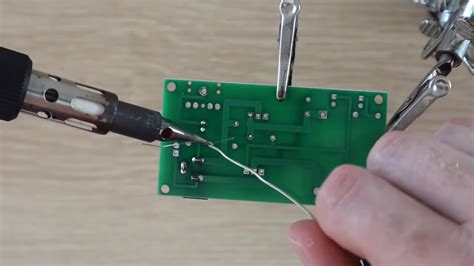 Read more: Robotic Soldering PCB Assembly Companies
Read more: Robotic Soldering PCB Assembly CompaniesWhat is PCB Soldering? PCB soldering is the process of joining electronic components to a printed circuit board using a molten metal alloy called solder. The solder creates a strong electrical and mechanical connection between the components and the PCB, ensuring reliable functionality of the electronic device. Types of PCB […]
-
 Read more: Leaded Solder vs Lead Free: The biggest debate in PCB manufacturing!
Read more: Leaded Solder vs Lead Free: The biggest debate in PCB manufacturing!Understanding Leaded and Lead-Free Solder What is Leaded Solder? Leaded solder is an alloy that traditionally consists of 63% tin (Sn) and 37% lead (Pb), known as Sn63/Pb37. This composition has been widely used in the electronics industry for decades due to its excellent wetting properties, low melting point, and […]
-
PCB Drawings: 5 Drafting Standards
Posted by
–
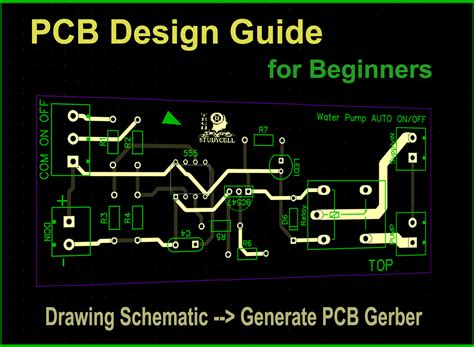 Read more: PCB Drawings: 5 Drafting Standards
Read more: PCB Drawings: 5 Drafting StandardsIntroduction to PCB Drafting Printed Circuit Board (PCB) drafting is a critical process in the design and manufacture of electronic devices. It involves creating detailed drawings that provide a visual representation of the PCB layout, components, and connections. Adhering to established drafting standards is essential to ensure the accuracy, clarity, […]
-
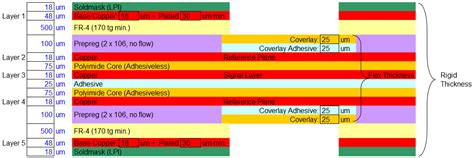 Read more: 10 Tips for Advanced Requirements Impedance Control PCB
Read more: 10 Tips for Advanced Requirements Impedance Control PCBIntroduction to PCB impedance Control Printed Circuit Board (PCB) impedance control is a critical aspect of modern electronics design, particularly in high-speed and high-frequency applications. Impedance control ensures that the signals propagating through the PCB traces maintain their integrity, minimizing signal reflections, crosstalk, and other undesirable effects. This article will […]
-
PCB Impedance Control
Posted by
–
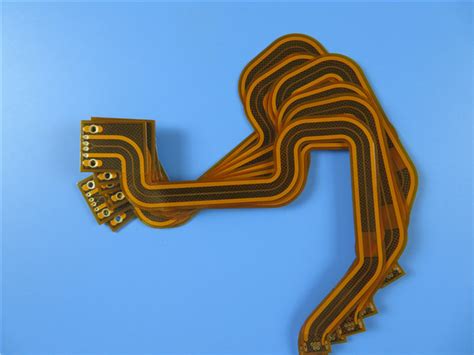 Read more: PCB Impedance Control
Read more: PCB Impedance ControlWhat is PCB Impedance? PCB impedance refers to the opposition to the flow of electrical current in a printed circuit board (PCB). It is a critical factor in high-speed digital designs, as it affects signal integrity, timing, and overall system performance. Proper impedance control ensures that signals propagate through the […]
-
PCB impedance calculator
Posted by
–
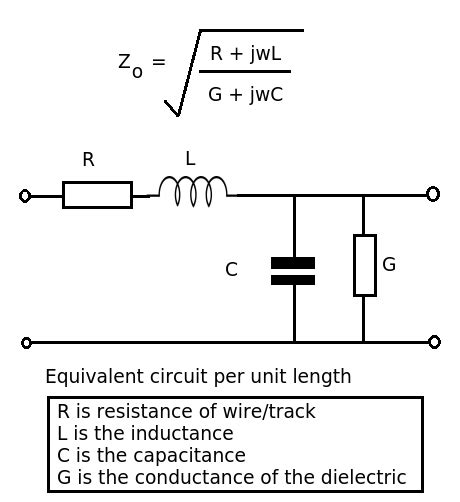 Read more: PCB impedance calculator
Read more: PCB impedance calculatorWhat is PCB Impedance and Why Does it Matter? Printed circuit board (PCB) impedance refers to the opposition to alternating current (AC) in a PCB trace or transmission line. It is a critical parameter in high-speed digital and RF circuit design, as it affects signal integrity, power integrity, and electromagnetic […]
-
PCB Manufacturing Process
Posted by
–
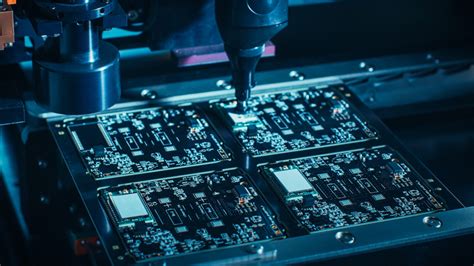 Read more: PCB Manufacturing Process
Read more: PCB Manufacturing ProcessUnderstanding the Basics of PCB Manufacturing Before we dive into the manufacturing process, let’s establish a foundational understanding of PCBs. A PCB is a flat board made of insulating materials, such as fiberglass or composite epoxy, with conductive copper traces etched onto its surface. These traces form the electrical connections […]
